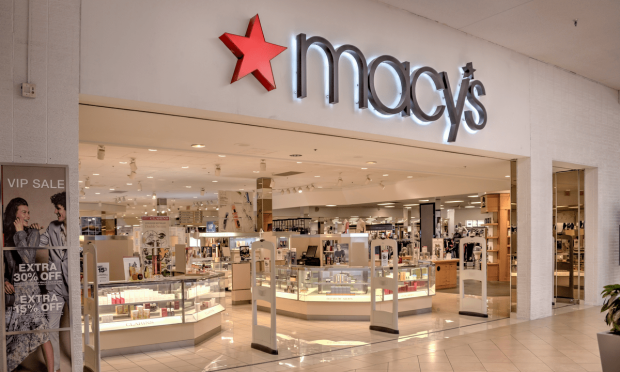Black Friday Data Shows Changing Future For Department Stores

They used to have an iconic place in the life of the American consumer. They were the places where kids met Santa. Or maybe where the college grad bought his or her first job interview outfit. Or maybe they were the place where a fashionista checked in with a salesperson once a week to see what was new on the racks. As much as department stores have held their place in American life, the past holiday weekend made it clear that this role is changing and there’s no going back for the format.
PYMNTS research shows how the role is changing. For Black Friday, a day where department stores should be playing a dominant role with their anchor tenancies and advertising power, the big box merchant chains carried the day. Walmart was visited by 60.9 percent of Black Friday shoppers, followed by Target (42.3 percent) and Kohl’s (23.2). The first department store to show up on the PYMNTS Black Friday radar was Macy’s, at 18.7 percent of all shoppers. Nordstrom followed that at 9.2 percent and Saks took 2.7 percent. Categories that came in ahead of non-Macy’s department stores included other (19.6) and specialty stores in a mall (15.8). Other types of retailers that dominated the weekend included home improvement at 25 percent and local merchants at 10.5 percent.
The picture looks even more concerning when correlated with items that consumers shopped for in-store. This was particularly true when it came to buying jewelry, whose quality can be difficult to decipher online. Twenty-eight percent of all Black Friday shoppers bought jewelry in brick-and-mortar stores this year, compared to 21 percent who bought jewelry online. Fifty-six percent of Black Friday clothing purchases were made in-store this year, while 53 percent were made online, for example. Shoppers also bought health and beauty products in similar numbers online and in-store, with 29 percent of shoppers who bought such products on Black Friday in-store and 27 percent having bought them online. This shows that consumers generally saw online purchasing as a viable substitute for brick-and-mortar shopping, with the exceptions of a few key items.
But the top tier of purchases should have been the sweet spot for department stores. Clothing, for example, has been the unique value proposition for department stores since their glory days. But according to CNBC, apparel sales have dropped roughly 20 percent year over year in July, after suffering a 25 percent decline in June, according to data from the Commerce Department.
“Too many U.S. department stores are not so much proper department stores as they are big fashion stores with a small bolt on of other products,” Neil Saunders, managing director at GlobalData Retail, said. “This model is now fully exposed, and it will continue to serve them badly.”
If that’s the case, Black Friday and the rest of the holiday weekend represented a missed opportunity. Consumers went in-store for apparel and they did so at Walmart, Target and Kohl’s over traditional department stores. Considering the way the weekend unfolded, Macy’s saw the best results. Interesting that CEO Jeff Gennette mentioned on a conference call with analysts Tuesday (Dec. 1) that the company’s vision to be the leading multi-branded fashion retailer was its focus for the holiday. But his comments also indicated that the customer is going elsewhere for fashion.
“The first thing we did was really listen to the customer, we followed the data, we pivoted quickly, so in response to the customer journey, the first one was really on contact and what were they responding to, what were the categories that were missing, what were failed searches, and making sure that the home categories got built out,” Gennette said. “We already had a strong soft home business in textiles and housewares and tabletop. We had a strong business in big ticket, but there were home office categories, there was game categories that customers wanted, so we really were able to expand that even in owned inventory or in vendor direct.”
Department stores have many challenges but the main one is to provide an inventory assortment and pricing that will differentiate it from the winners for Holiday 2020. The script has flipped. Instead of mass merchants competing with department stores, department stores need to find a way to compete with mass merchants. Gennette mentioned the power of data in trying to fill that role. His sentiment was echoed by former Saks Fifth Avenue CEO Steve Sadove in an interview with PYMNTS’ Karen Webster.
“At the end of the day, I feel really good about the opportunities for retail,” Sadove said. “I actually feel really good about what’s coming down the road in analytics and what’s happening relative to differentiated product and the ability to get differentiated product to consumers. But if you are running [a] store in the mall that doesn’t have differentiated product — boy, that I feel that is going to be pretty tough because retail is an exciting space, but it’s rapidly evolving.”
